At the end of the 18th century a revolution was in the air. Not only were the people of France and America beginning to strain against their tyrannical monarchs, this revolution had grown and evolved to consume the sciences, philosophy, religion and of course, the arts. New ideas of astronomy, biology and physics transformed the way that artists perceived the world around them. Discoveries in archeology unearthed long lost ruins and artifacts from the ancient world and with them, new and previously unimagined concepts that would lay the foundation of the Romantic Movement in art.
One of the most imaginative artists from this period is Giovanni Battista Piranesi (1720-1778)
Born, trained and working in Italy all his life Piranesi was surrounded and influenced by the unearthly ruins of ancient Rome as they were beginning to be studied academically for the first time. As is evidenced by his etchings and engravings is the lack of conservation that had been given to the Ruins. For a thousand years Rome had been scavenged for stones, and large spaces like the Forum and the Colosseum had been used as sheep pastures. Piranesi creates intricate landscapes documenting these monuments like a scientist, but also adds a sense of dramatic scale and regal power that seems to live in the ruins despite their neglect.
Late into his career Piranesi began his “Prison” series. A fantastical journey into completely imagined fantasy dungeon-scapes. These underworld environments of smoke and winding stairs, gates, and bridges, ropes and wheels always, for me, evoke a wonderful sense of drama and atmosphere. The tiny figures could be monks or dwarves or orcs moving though the Mines of Moria or any epic Dungeon Crawl. In the decades and centuries to come Piranesi’s magical labyrinths would inspire artists as diverse as Coleridge’s 1797 poem “Kubla Khan”, M.C. Escher, the Surrealists, and just about every fantasy game designer and artist.
Below is a wonderful lecture about Piranesi’s work, particularly his Prison etchings, and both their cultural and artistic significance.
Next time you are designing a dungeon for an adventure, or writing a story, or concepting environments, look to the grandfather of fantasy concept world-building, Piranesi.
Enjoy,
WOC


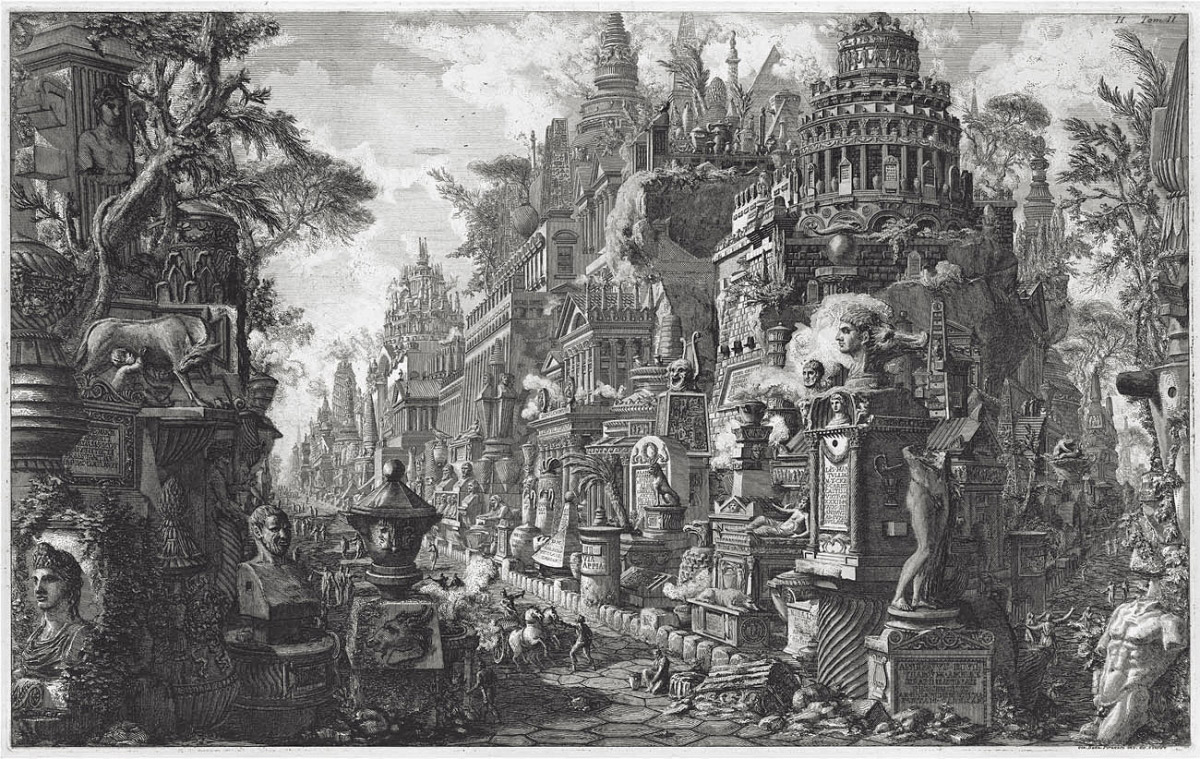
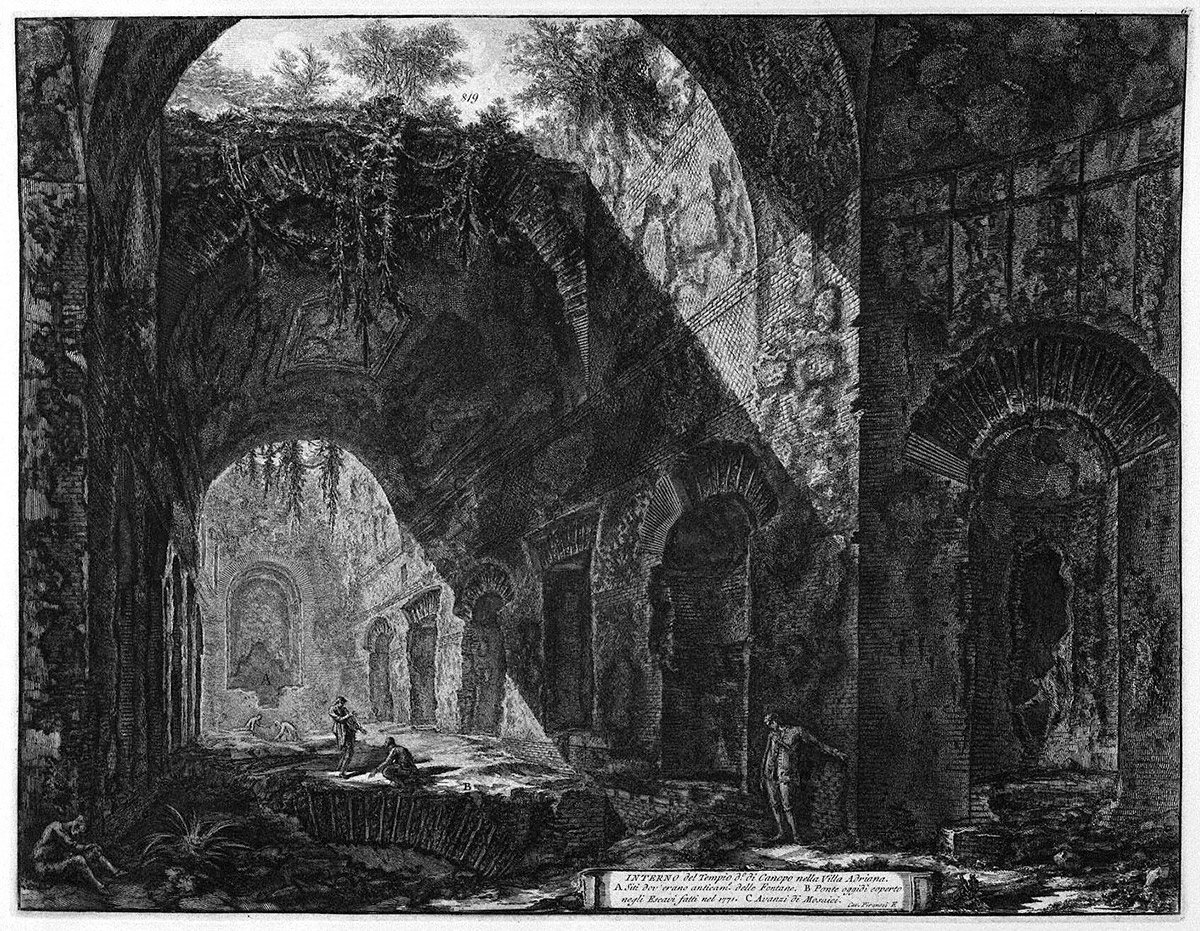
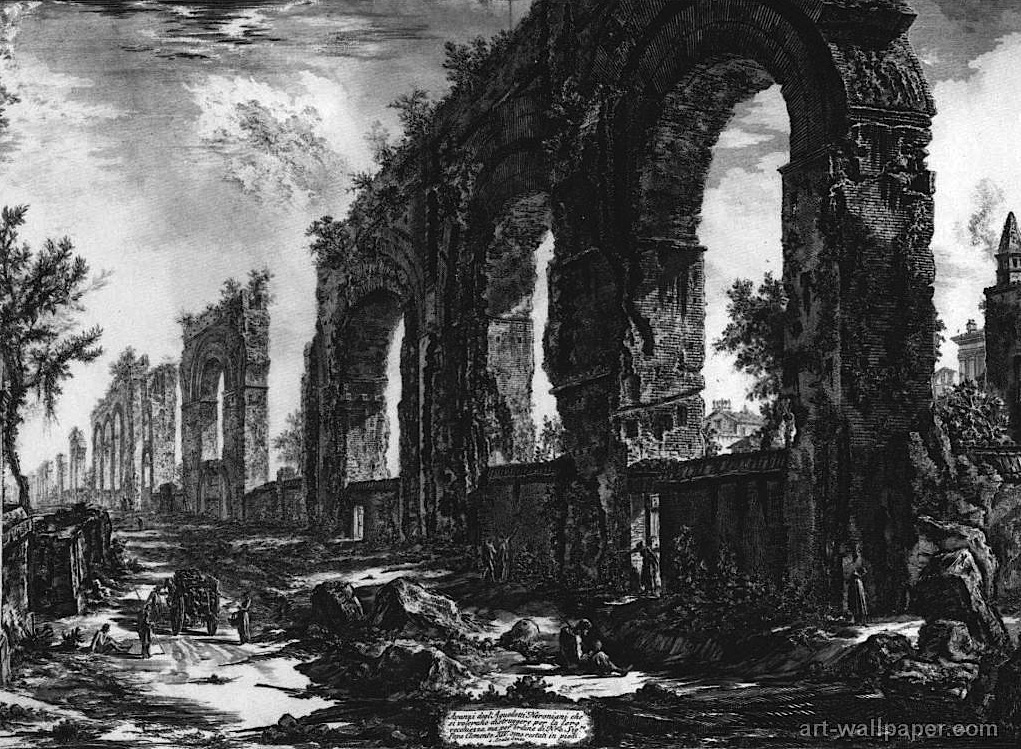
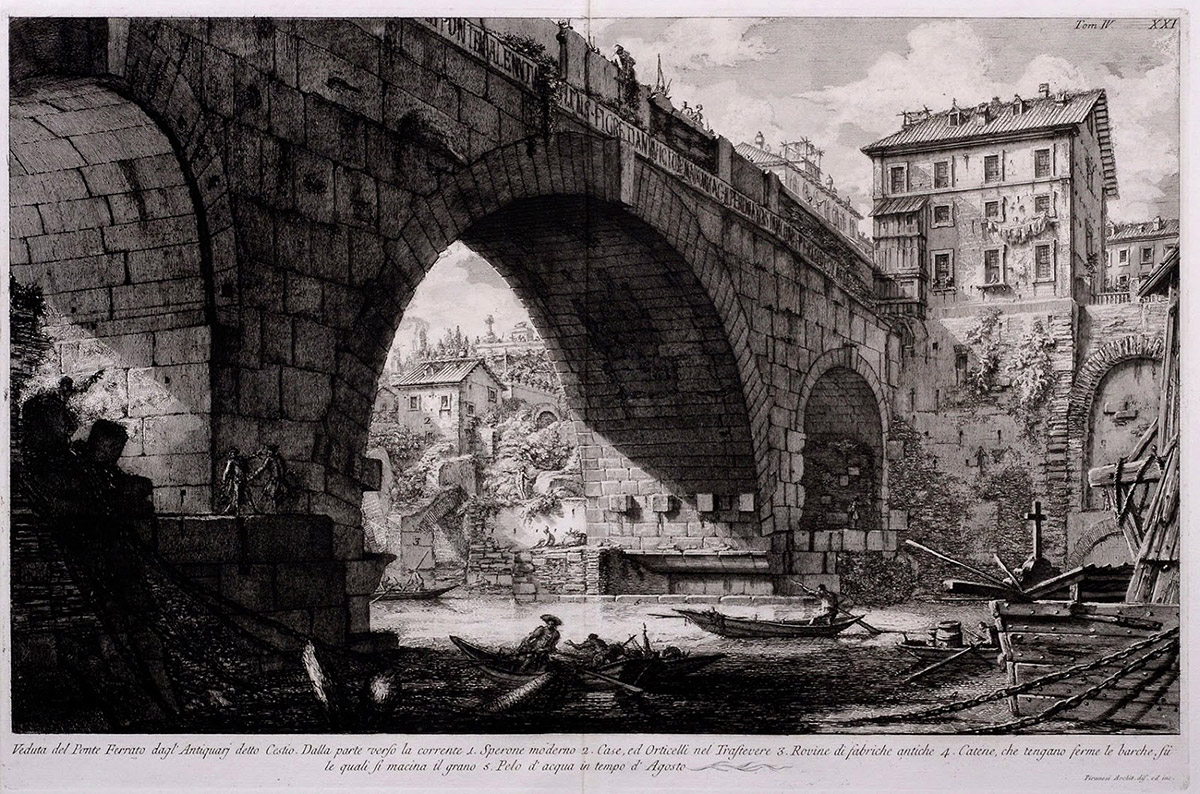

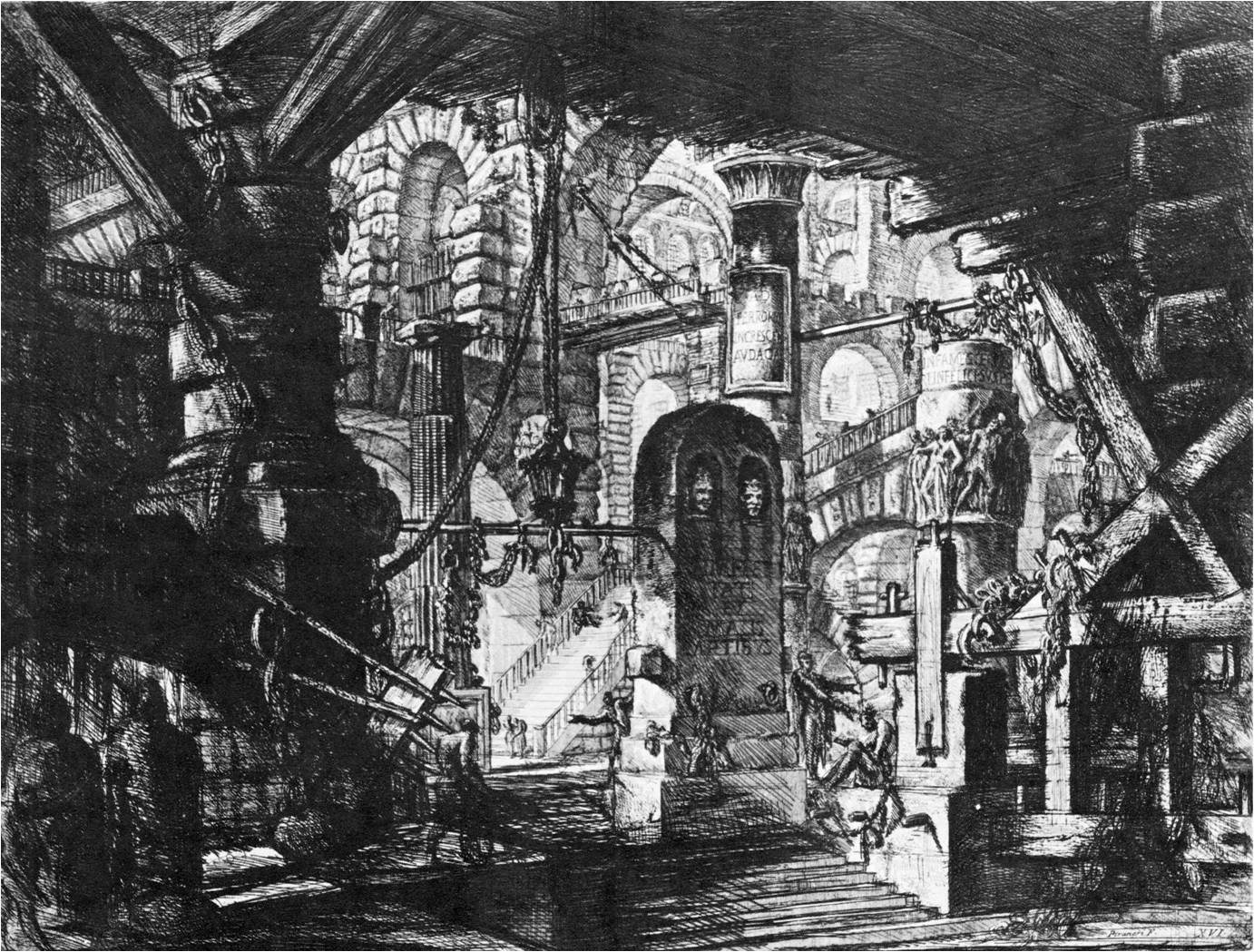
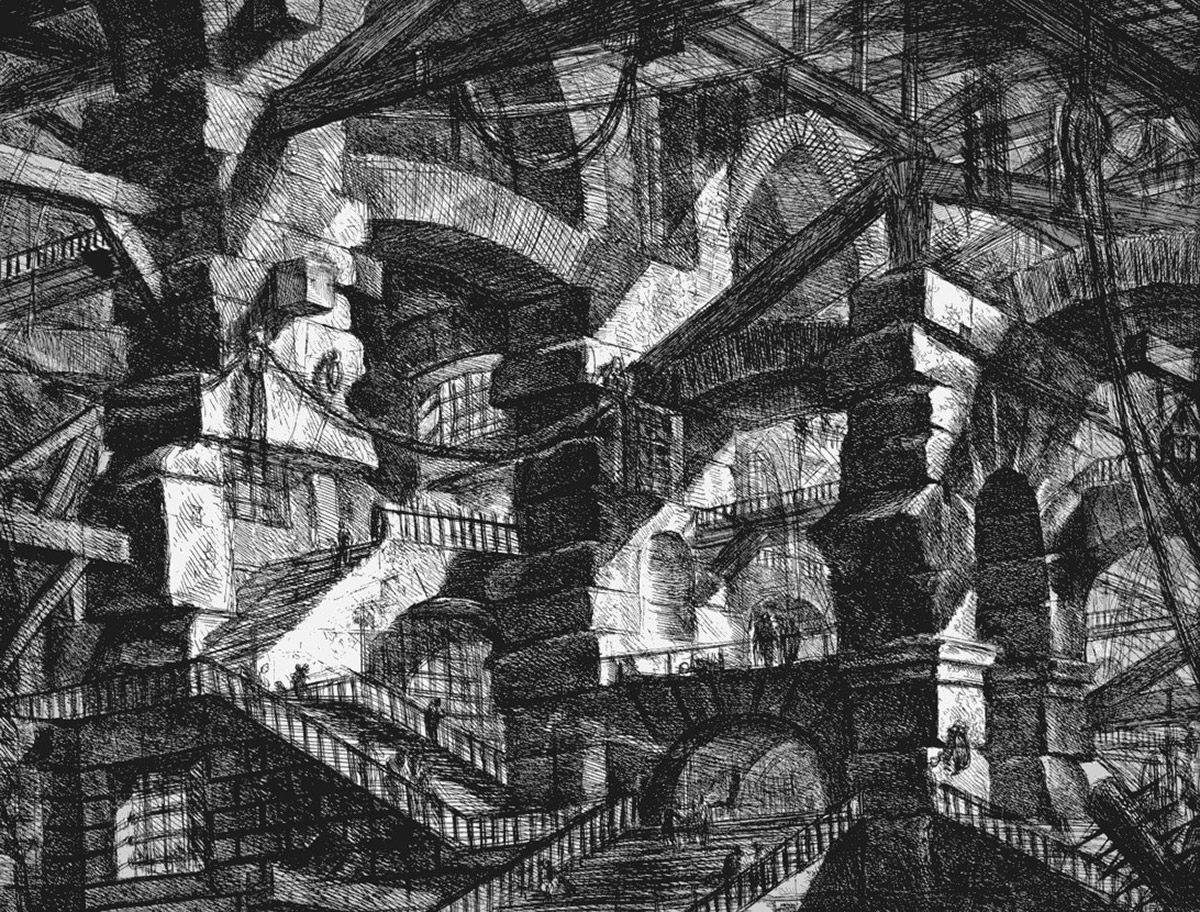
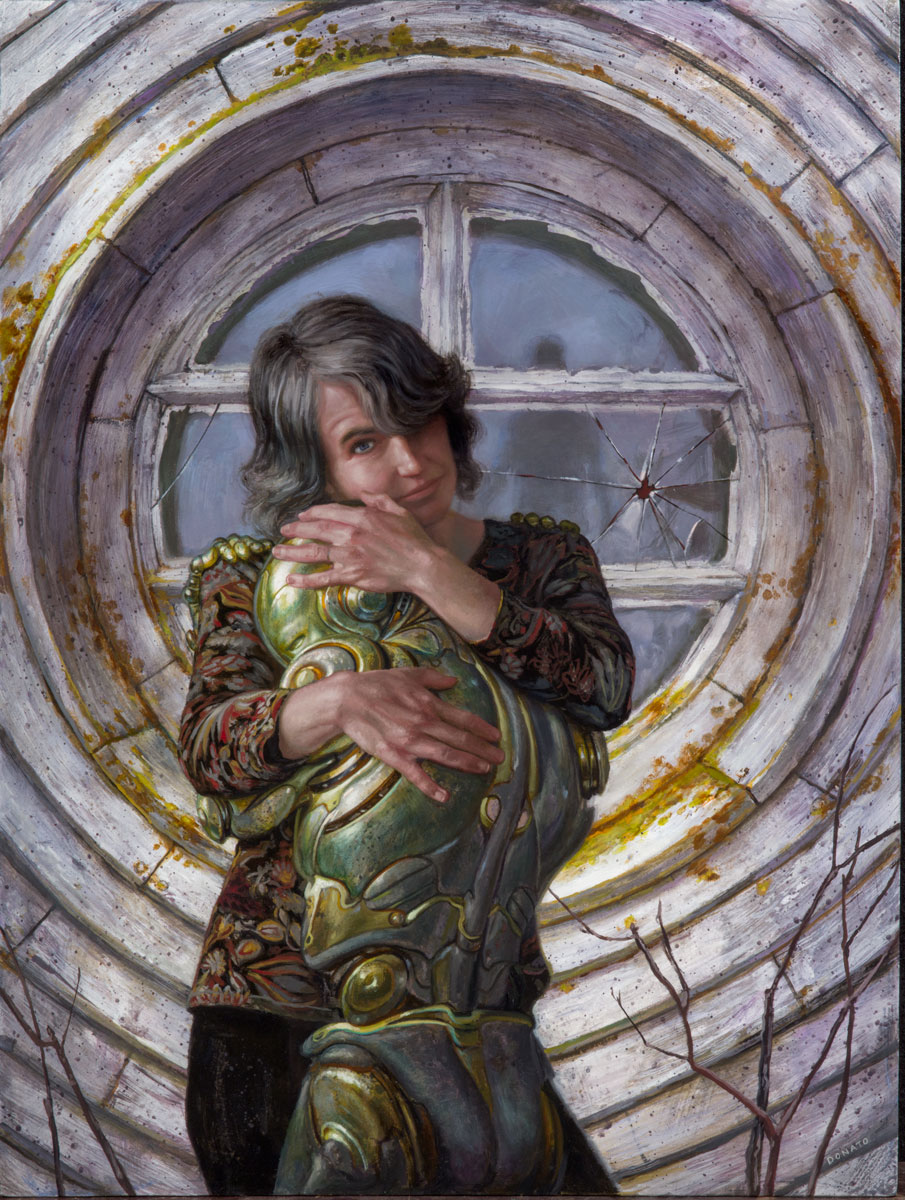
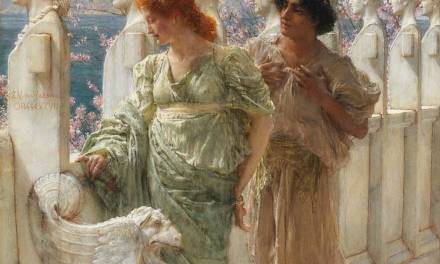
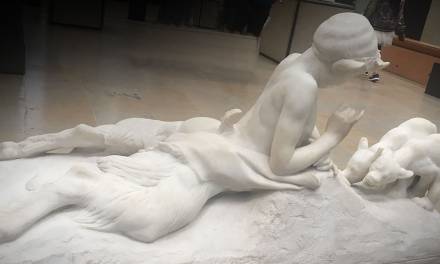
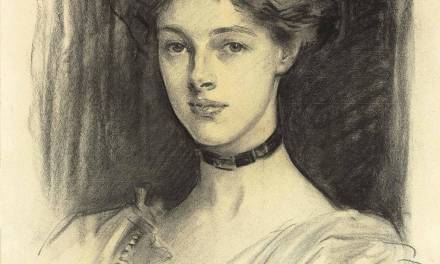

Really love the sense of scale of his the dungeons / underworld pictures. Also the many levels … intricate architecture, which it is very easy to be lazy about by using atmospherics to hide stuff off in the distance.
Wow, this look really wonderful, you surely have good skills here. Going to bookmark your post to read more such articles. Thank you for sharing it